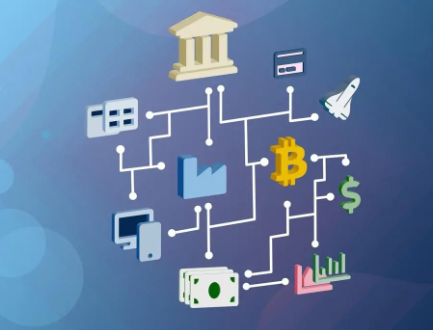What are the risks and challenges associated with using DeFi platforms?
DeFi platforms pose various risks and challenges, including potential smart contract vulnerabilities, hacking, and security issues. There is also a lack of insurance and legal protections, leaving users exposed to fraud or fund loss. The complexity of DeFi technology can also create difficulties for some users. Furthermore, the lack of regulation and oversight can make it challenging to address problems like market manipulation or price volatility. To mitigate these risks, users must exercise caution and conduct their own research before using DeFi platforms.
Lack of Regulation and Oversight
One of the key challenges of using DeFi platforms is the absence of regulation and oversight. As decentralized systems, DeFi protocols operate outside traditional regulatory frameworks, exposing users to potential scams, fraud, and hacking attacks. Moreover, the lack of oversight means that there is no one to hold responsible in the event of a security breach or loss of funds. Although DeFi protocols use blockchain technology, smart contracts, and decentralized networks to promote transparency and security, the lack of regulatory oversight remains a significant challenge for users seeking to engage with these platforms.
High Risk and Uncertainty
DeFi platforms are known for their high risk and uncertainty due to the lack of centralization and regulation. The value of assets on DeFi platforms is subject to sudden price fluctuations, resulting in significant gains or losses for users. The lack of regulation can also lead to fraudulent activities, market manipulation, and other forms of malfeasance. Additionally, smart contract vulnerabilities and hacking incidents can result in the loss of funds for users. The complex nature of DeFi platforms and their underlying technology can also make it difficult for some users to navigate. Thus, it is essential for users to conduct thorough research and understand the risks before investing in DeFi.
Smart Contract Vulnerabilities
DeFi platforms carry the risk of smart contract vulnerabilities that could lead to financial losses. Smart contracts are self-executing programs that automate transactions on the blockchain. However, if there is a flaw in the smart contract’s code, attackers can exploit it to gain unauthorized access to funds. While DeFi protocols perform audits and testing of smart contracts to minimize the risk of vulnerabilities, there is still a possibility of exploitation. The complexity of smart contracts and the pace at which they are developed and deployed make it difficult to identify and address all potential vulnerabilities. As such, investors and users should exercise caution and thoroughly research the smart contracts before engaging with DeFi platforms.
Liquidity Risks
DeFi platforms can face liquidity risks due to insufficient liquidity to support a transaction. This can lead to price volatility, slippage, and even market failures, especially during times of high demand or market stress. Liquidity risks can result in market distortions and put user funds at risk. To address these risks, some DeFi platforms use liquidity pools and market makers to ensure sufficient liquidity, while others incentivize users to provide liquidity themselves. However, liquidity risks remain a concern for DeFi platforms, and users must be aware of the potential consequences and take precautions to mitigate their exposure to liquidity risks.
User Error and Loss of Funds
DeFi platforms come with the additional risks of user error and potential loss of funds. As decentralized systems, DeFi protocols provide users with complete control over their funds and transactions, which can be empowering but also risky. If a user makes a mistake such as sending funds to the wrong address or losing their private key, there is no centralized authority to reverse the transaction or recover the lost funds. This can result in significant financial losses for the user. While DeFi platforms offer resources and tools to minimize the risk of user error, users need to take personal responsibility for the security of their funds and transactions.
Market Volatility
DeFi platforms pose a risk due to market volatility, with asset prices subject to rapid and unpredictable fluctuations. This volatility can be intensified by factors such as speculation, manipulation, and sudden shifts in market conditions. Additionally, the absence of regulation and oversight can create an environment that makes market manipulation and fraudulent activities more likely to occur. Moreover, DeFi platforms’ interconnectedness can lead to systemic risks, where a failure in one platform could have a ripple effect on others. Therefore, users should understand the risks and potential losses linked to market volatility and employ risk management strategies, such as diversification of portfolios, to minimize the impact.
Adoption and Usability Challenges
DeFi platforms also carry risks related to adoption and usability challenges. Due to their complexity, DeFi protocols may require a level of technical knowledge and understanding of blockchain technology that could limit their accessibility to mainstream users. Furthermore, some users may find it difficult to navigate the platform’s user interface, which may deter them from adopting DeFi protocols. To encourage wider adoption and participation, DeFi platforms must focus on enhancing user experience and simplifying their interfaces. Improved usability and accessibility will be vital to ensuring the continued growth and success of DeFi platforms.
FinancesGlad is India’s fastest growing online publication Blog for Entrepreneurs, Small business, Bloggers and personal finance experts.

